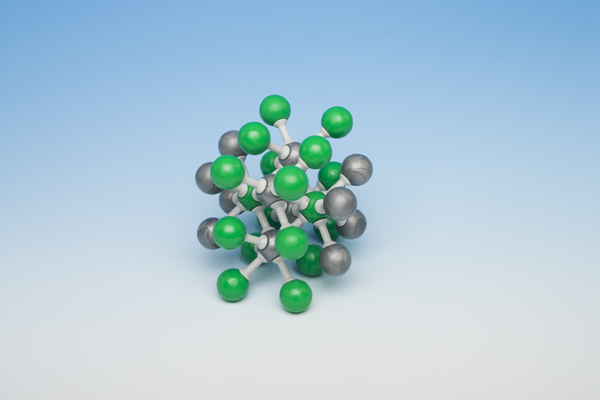

glTF cameras and lights are not currently supported. In addition, individual glTF nodes are pickable with Scenepick and animatable with ModelgetNode. In the two models of caesium-ammonia solution presented in. Cesium includes support for geometry and materials, glTF animations, and glTF skinning. In the first model, the ammonia molecules are treated via a classical point-charge model and. The possibility to build the model as a function of a parameter allows the user to look for different options when fitting the bioassay measurements. A 3D model based on glTF, the runtime asset format for WebGL, OpenGL ES, and OpenGL. When you export your model to Cesium ion it gets tiled into the 3D Tiles format. This work focusses on the implementation of the new caesium model in a computer package, ICRP130Models (integrated in the toolbox BIOKMOD), together with new features aimed at estimating the intake and the dose from bioassay measurements. Molymod Crystal Structures Pre-Assembled model set Cesium chloride find -Z545635 MSDS, related peer-reviewed papers, technical documents, similar products.

#CAESIUM MODEL SOFTWARE#
The software gives the best fitted intake and the committed effective dose, as well as the chi-squared test and the p-value as an indication of the goodness of the fit in the assessment process. Realit圜apture software produces highly detailed 3D models which often. Level, Density, Multi-Point Density Arrays, Calibration. This work focusses on the implementation of the new caesium model in a computer package, ICRP130Models (integrated in the toolbox BIOKMOD), together with new features aimed at estimating the intake and the dose from bioassay measurements. Cesium ion allows you to tile large models like BIM or CAD to visualize them in a geospatial context and share on the web. Our industrial Cs-137 sealed sources are double, triple, or quadruple encapsulated utilizing stainless steel components and designed to withstand harsh environments. The reference models for internal dosimetry purposes are those proposed by ICRP and have been recently updated in the 'Occupational Intakes of Radionuclides (OIR)' series. Measurements of retention or excretion are compared with model's predictions to estimate the intake. In case of accidental intake of radioactive material, the dose assessment requires information on the radionuclide distribution in the body.


 0 kommentar(er)
0 kommentar(er)
